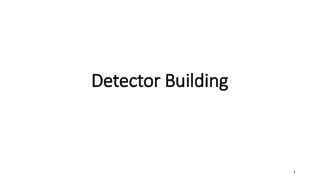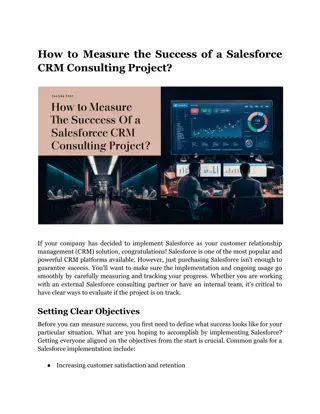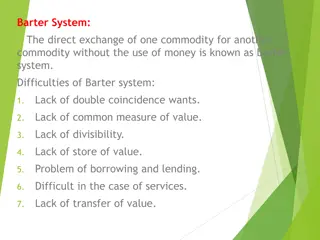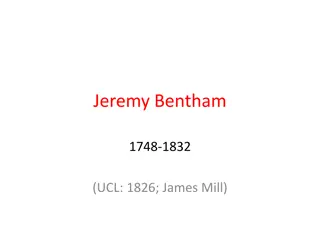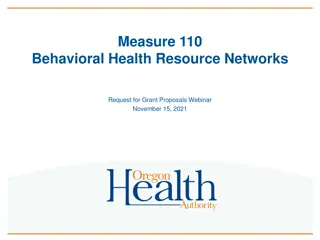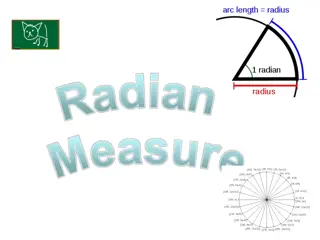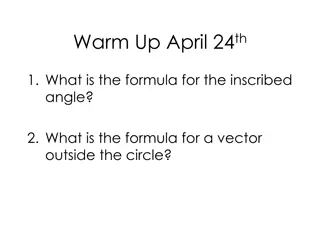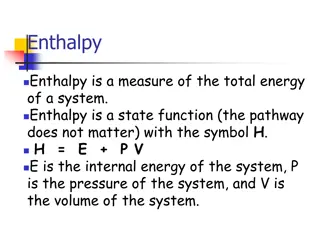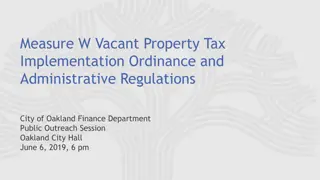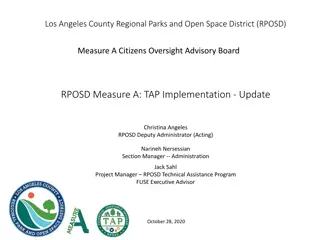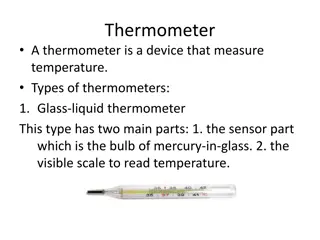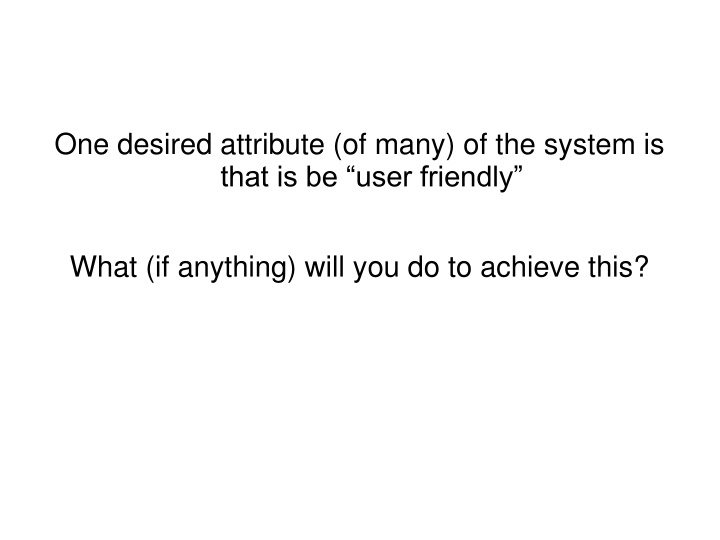
Achieving User-Friendly Systems
Learn how to make systems more user-friendly by focusing on components, defining repair and enhancement processes, and quantifying quality attributes. Examples include assessing flower qualities and car features to enhance user experience.
Download Presentation

Please find below an Image/Link to download the presentation.
The content on the website is provided AS IS for your information and personal use only. It may not be sold, licensed, or shared on other websites without obtaining consent from the author. If you encounter any issues during the download, it is possible that the publisher has removed the file from their server.
You are allowed to download the files provided on this website for personal or commercial use, subject to the condition that they are used lawfully. All files are the property of their respective owners.
The content on the website is provided AS IS for your information and personal use only. It may not be sold, licensed, or shared on other websites without obtaining consent from the author.
E N D
Presentation Transcript
One desired attribute (of many) of the system is that is be user friendly What (if anything) will you do to achieve this?
Tom Gilb Competitive Engineering Butterworth-Heinemann, 2005 Famous for: EVO development model Software inspections Planguage and quantifications www.gilb.com
Gilbs Law: Anything you need to quantify can be measured in some way that is superior to not measuring it at all
Emphases from EVO Don t forget non-functional requirements Quality attributes such as performance Resource attributes such as storage space Capacity attributes such as throughput Providing these can be more costly than the basic functionality Everything can and should be quantified Break it down into components Find the relevant scale for each one
Example: A Flower Fragrance Attractiveness colors Bloom frequency Pollen quantity Watering requirements Sun / shade requirements Toxicity
Example: A Car Comfort Safety Speed Acceleration Capacity Seats Trunk space Fuel efficiency Aesthetics Challenging Challenging Basic Basic functionality functionality Regulated Regulated
Example: Increased Ease of Service Context: mobile phone specs This is a requirement from marketing What are the engineers supposed to do? How do we know that they did it well?
Step 1: Find Components Serviceability has these components: Repair Enhancement Fashion changes Installation Reconfiguration But these are just words
Step 2: Define and Agree on Gist Repair: speed of repair of faults under given conditions Enhancement: speed of introducing HW or SW Fashion changes: ease of customer changing accessories Installation: speed of installing in defined setting Reconfiguration: work-hours to modify for varied uses, e.g. coupling to PC or power supply
Step 3: Measurable and Testable For each identified component, define Scale (units) Practical way of measuring (meter) Apply to Benchmarks: current performance, state of the art, competitors Targets: this product, future products Constraints: what must be achieved
Example: Repair Definitions Ambition: substantially improve speed of repair under given conditions Scale: hours to repair or replace, from fault occurrence till fault-free use by customer where intended Meter: field test with at least 20 representative cases
Example: Repair Benchmarks Past [phone X, home market, qualified dealer shop]: 0.1 hours at shop + 0.9 hours for customer transit Record [competitor Y]: 0.5 hour average Trend [US market, large corporate users]: 0.3 hours
Example: Repair Targets / Constraints Goal [next release, urban areas, personal use]: 0.8 hours Goal [next release, US market, large corporate users]: 0.2 hours <- marketing requirement Fail [next release, large corporate users]: 0.5 hours on average Survival [next release, all markets]: 1.0 hours
Exercise Define a scale and meters for user friendliness

